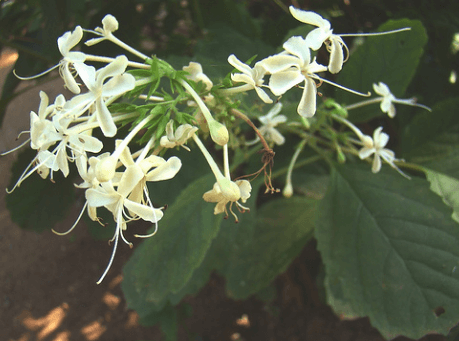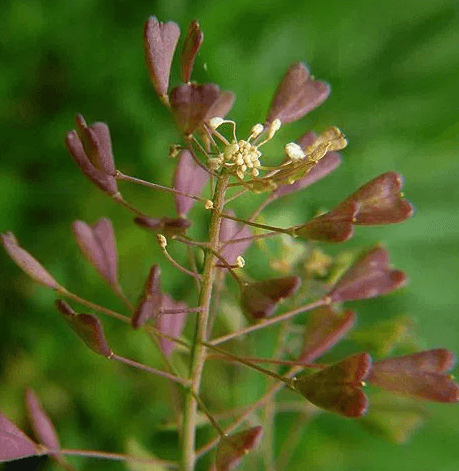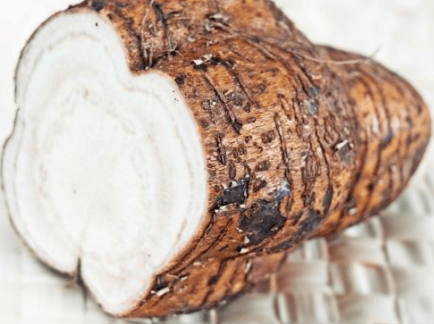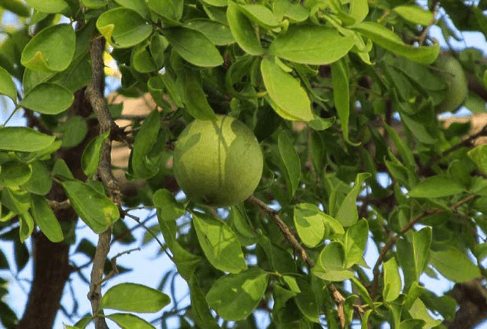Carway -(Carum carive) Umbelliferae Biennial
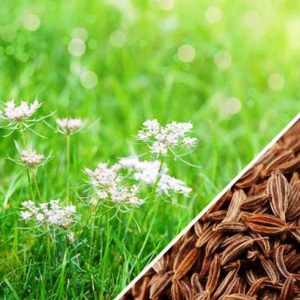
It is often thought the caraway is a spice rather than a herb because of the widespread use of its dried seeds, which are generally classified among the spices. The foliage and roots also have their culinary and medicinal uses, and it can be grown with other herbs in the garden. Propagation is by seed in a sheltered, sunny position in medium-textured, well- drained soil that is not arid or sandy. Germination is sometimes disappointing, with perhaps only one or two plants resulting from a seed packet. Seedlings are available from herb nurseries at the right time of year (late spring and summer), which usually is more satisfactory than starting from “scratch” Caraway can grow to 60 cm (2ft), with feathery foliage and summer- blooming, pink – tinged, white parsley- type flowers. Let the blooms fade and the petals fall so that the tiny crescent moon seeds can form : when they turn toast- brown, pluck the heads before all the seed has fallen, and sift the husks out. Store seeds in an airtight container. Cut the spent flower stems to ground level, so that the plant will grow up again in its second year.
Caraway is indigenous to several countries including Europe, North Africa and Asia. The ancient Egyptians, Romans and Greeks knew of its therapeutic qualities, and it is surrounded with mystique, including the belief that love potions containing caraway will keep the loved one from straying!
In astrology it is classified as a “mercurial” plant, and in companion planting it does not like fennel, each herb inhibiting the growth and full potential of the other.
Uses:
Culinary – Caraway seed, like aniseed, fennel, dill and coriander, contains aromatic oils that the plant’s natural alchemy has distilled from the sun’s rays. Chewing the seeds will help to dispel flatulence and improve the digestion. Used in cooking, it will help to digest foods that could otherwise create flatulence or lie heavily in the stomach. Caraway seed cake is traditional in England, and equally traditional in Holland and Germany is its inclusion in breads, rolls, certain cheeses, some confectionery, and in cabbage dishes. The liqueur Kummel has oil of caraway as its base. Certain vegetables such as baked onions (or in a sauce for boiled onions) , beetroot and carrots, are assimilated more easily if a few caraway seeds are mixed into them during cooking. If steaming cabbage, turnips, or parsnips , sprinkle a few seeds over the vegetables during cooking. If baking apples or pears, shake some seeds over them for a change of flavour and to help the digestion. Some people dislike the taste of caraway, so use aniseed, dill seed or fennel seed instead. The leaves an roots of caraway also have their uses because they contain similar nutritional and healing values. Young leaves are deliciously spicy in green salads, added to spinach during cooking , and to soups during the last half hour on the stove. The roots may be sliced and steamed and finished with a sauce, or melted butter, and eaten as a vegetable.
Medicinal- All parts of caraway assist the activity of the glands and kidneys. Most of caraway’s medicinal properties lie in the potency of the seeds, which are even said to sharpen the eyesight when taken internally. The ground seeds, or the essential oil from them is used today in medicines to help dispel flatulence, to aid the digestion and to rid the body of excess fluids. The processed seed is also part of many other medicines. Culpeper says the boiled roots, eaten like parsnips, strengthen the digestion of elderly people.


